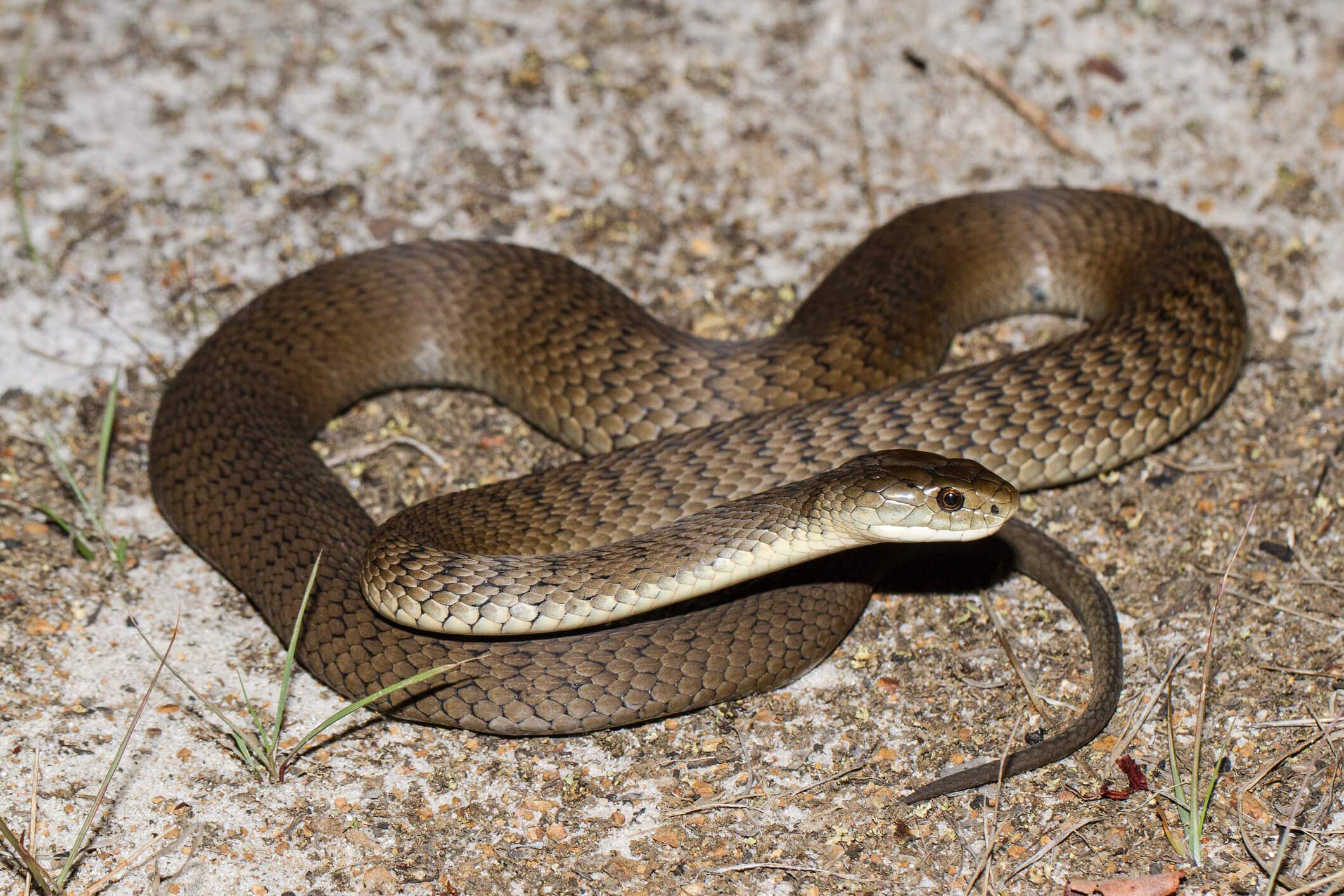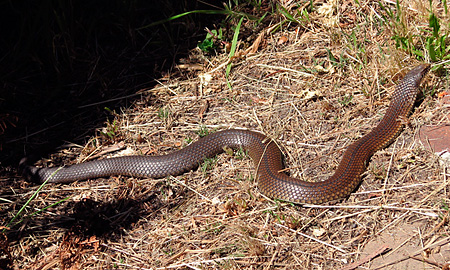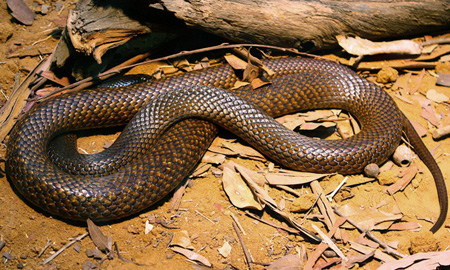Introduction
The tiger serpent is among Australia's most well-known reptiles, feared for its powerful poison and hostile personality. This fascinating animal plays an important duty in the community, yet it often deals with misunderstandings that cause unnecessary worry. In this extensive short article, we will delve into the world of the tiger snake, discovering its habitat, poison qualities, and crucial emergency treatment techniques in instance of a serpent bite.
Understanding the Tiger Serpent: Habitat, Venom, and First Aid Essentials
Tiger snakes are mainly located along the southern shoreline of Australia, including Australian snake distribution Tasmania. They flourish in numerous environments such as wetlands, coastal areas, and even metropolitan locations. Their adaptability makes them successful predators; however, their distance to human habitats often causes experiences that can cause bites.
This write-up intends to debunk tiger snakes by reviewing their environment choices, analyzing their poison make-up and impacts on human beings, and offering important emergency treatment info for bites.

1. Tiger Snake Habitat: Where Do They Live?
1.1 Review of Tiger Serpent Distribution
Tiger snakes (Notechis scutatus) are primarily discovered in southern Australia and Tasmania. They populate various ecosystems ranging from seaside marshes to freshwater lakes.
- Coastal Areas: Tiger serpents are often spotted near coastlines where they hunt for fish and amphibians. Wetlands: These areas give ample concealing places and abundant prey. Urban Areas: As cities broaden into all-natural habitats, tiger serpents may be seen venturing into suburban yards or parks.
1.2 Preferred Habitats of Tiger Snakes
Tiger serpents like Conservation and Education wet atmospheres where water resources are readily available. Their environments commonly include:
- Marshes: The dense vegetation permits them to assail prey effectively. Swamps: These areas provide sanctuary from predators while offering an abundant hunting ground. Riversides: Water bodies bring in lots of pets which work as food resources for these snakes.
1.3 Environmental Elements Influencing Environment Choice
Several elements influence where tiger snakes choose to reside:
- Temperature: Being ectothermic (cold-blooded), they call for cozy atmospheres for optimum task levels. Prey Accessibility: High populaces of frogs and tiny creatures draw in these snakes. Shelter: Thick greenery serves not only as camouflage however also as security versus potential threats.
2. Are Tiger Snakes Venomous? Understanding Their Venom
2.1 Make-up of Tiger Serpent Venom
Yes! Tiger snakes are undoubtedly poisonous creatures. Their venom is an intricate mix including neurotoxins that can trigger paralysis and coagulopathies influencing blood clot mechanisms.
Key Elements of Poison:
- Neurotoxins: Affect nerve function leading to paralysis. Hemotoxins: Damage capillary creating internal bleeding.
Understanding these parts assists us appreciate the strength of a tiger serpent bite.

2.2 Results of a Tiger Snake Bite on Humans
A bite from a tiger serpent can cause serious signs and symptoms:
- Local Symptoms: Discomfort, swelling, and discoloration at the bite site. Systemic Signs: Nausea or vomiting, throwing up, trouble taking a breath because of paralysis or tightness of airways.
Severity Levels
Minor Bite: Local pain without systemic symptoms. Moderate Bite: Systemic signs and symptoms however workable with clinical care. Severe Bite: Life-threatening; requires immediate medical intervention.3. Identifying Various Sorts Of Tiger Snakes
3.1 Eastern vs Tasmanian Tiger Snakes
There are 2 main groups based upon geographical circulation:
Eastern Tiger Serpent (Notechis scutatus)
Found along eastern coasts as much as Queensland.
Tasmanian Tiger Snake (Notechis scutatus)
Adapted particularly to Tasmania's distinct setting with somewhat varying coloration patterns.
3.2 Shade Variants in Environment Preferences
Tiger snakes exhibit substantial shade variants depending on their environment:
- Coastal populations often display red stripes or spots for far better camouflage versus sandy shores.
4. Habits Patterns of Tiger Snakes
4.1 Aggressiveness Level
Tiger snakes are recognized for their aggressive habits when intimidated or caught which can cause protective strikes if provoked.
4.2 Searching Techniques
They possess amazing agility allowing them to strike promptly at victim such as frogs or tiny rodents mainly throughout golden First aid for snake bites hours when they're most energetic-- making them nighttime hunters!
5. First Aid for Serpent Bites: Crucial Actions You Need To Know
When it concerns dealing with snake bites, understanding is vital!
5.1 Immediate Actions After a Bite
If bitten by a tiger snake:
Stay tranquility! Panic enhances heart price which spreads venom quicker with your bloodstream.
Apply pressure around the wound utilizing tidy cloths-- stay clear of reducing or drawing out venom!
Remove tight clothing/jewelry near the bite website; swelling might take place rapidly.

Immobilize the affected limb using splints if possible-- this limits motion assisting decrease poison spread!
5.2 Getting Medical Help
Seek emergency clinical assistance right away! Time is essential when handling prospective envenomation from tiger serpents!
5.3 First Aid Package Essentials for Serpent Bites
Having a well-equipped first aid package can make all the difference throughout emergency situations:
|Product|Description|| ------|-------------|| Stress Bandage|Aids immobilize injury|| Sterile Gauze|For dressing wounds|| Emergency Situation Get In Touch With Information|Quick accessibility numbers|| Antivenom Info|Understanding concerning regional antivenoms|
6 FAQs Concerning Tiger Snakes
Q1: Are all tiger snakes dangerous?
A: While all have poisonous capacities impacting humans dramatically-- most favor evasion unless threatened!
Q2: Just how promptly does tiger snake venom impact humans?
A: Signs and symptoms might manifest within mins depending upon area & & amount injected throughout envenomation events!
Q3: Can you make it through a tiger snake bite without treatment?
A: Unattended bites can be deadly due to quick progression; instant healthcare is crucial!
Q4: What should I do if I run into one?
A: Maintain range & & retreat slowly; avoid sudden activities that may provoke aggression!
Q5: How common are attacks from tiger snakes?
A: Although experiences occur regularly-- actual bites continue to be reasonably uncommon due greatly due preventive steps taken by residents living within impacted ranges.
Q6: Is there an antidote available?
A: Yes! Antivenoms specific for Australian types exist-- clinical centers lug these medicines all set when required urgently post-bite incidents!
7 Conclusion
Understanding the complexities surrounding "Recognizing the Tiger Serpent: Environment, Venom, and Emergency Treatment Fundamentals" is critical not only for individual safety and security but likewise cultivating coexistence with these exceptional creatures living in Australia's landscape! By finding out more concerning their behaviors & & reliable response methods pertaining to possible encounters-- we equip ourselves better against unnecessary anxieties while valuing nature's diversity fully! So let's accept education rather are afraid-- it leads in the direction of consistency between mankind wild animals alike!